For years, the smartphone landscape has been dominated by two titans: Apple's iPhone and Samsung's Galaxy. While Samsung has provided robust Android competition, Apple's grip on the premium market and its fiercely loyal ecosystem seemed unbreakable. Then came Nothing.
(Photo Credits: PhoneArena)
Founded by Carl Pei, a co-founder of OnePlus, Nothing burst onto the scene with a refreshing philosophy: make tech fun and intuitive again, with transparent designs and a minimalist, bloatware-free software experience. While it might seem audacious to suggest a relatively new player could "overtake" the mighty iPhone, Nothing's unique approach and a shifting market landscape hint at a fascinating potential for disruption
Here's why the Nothing Phone, with its distinctive vision, could carve out a path to rival, or even surpass, the iPhone in key areas and appeal to a new generation of users.
1. Design That Dares to Be Different (Beyond the Slab)
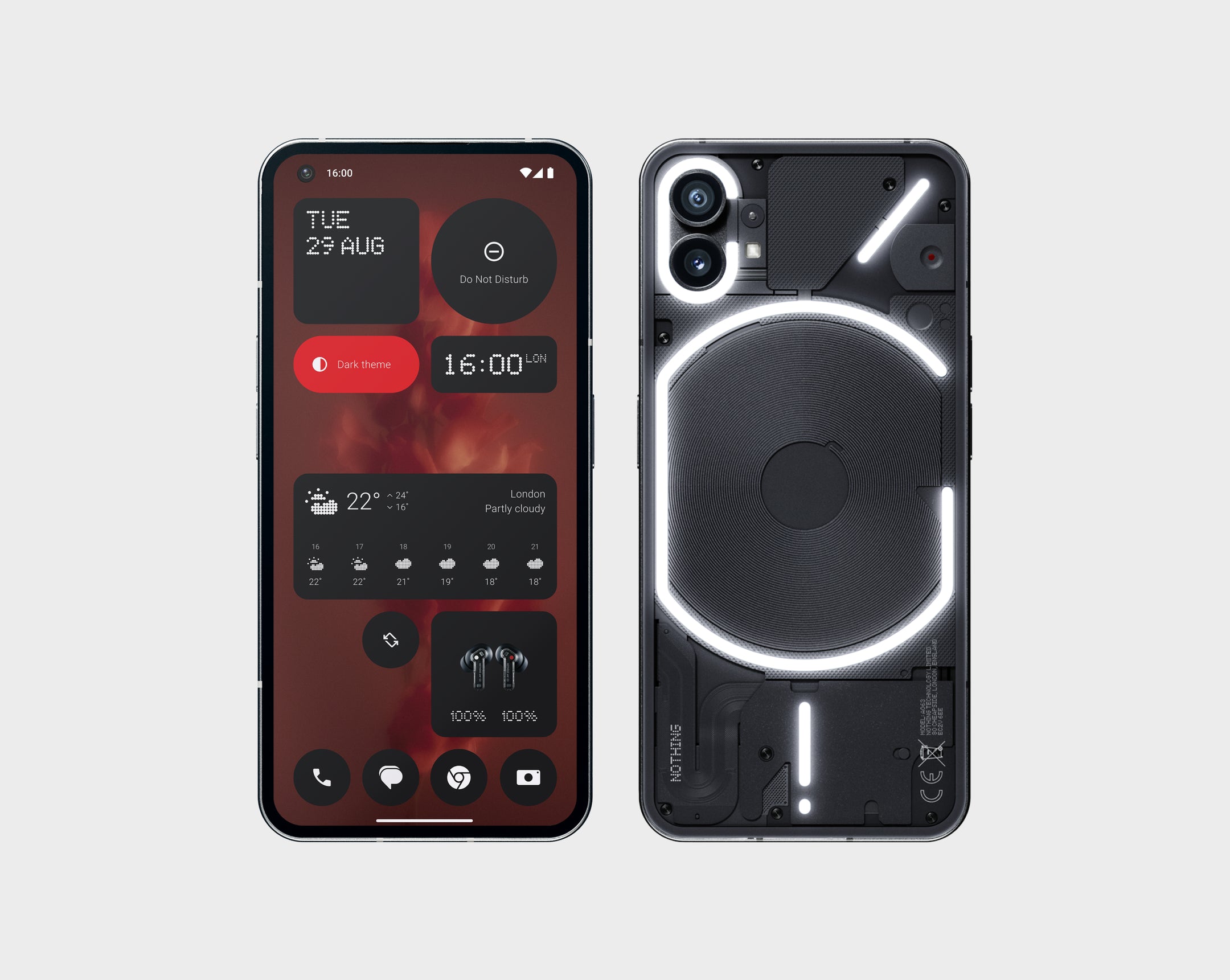
(Photo Credits: Tom's Guide)
Apple perfected the minimalist glass and metal slab, and for a long time, it was revolutionary. However, iPhone design has largely evolved incrementally, becoming predictable. The Nothing Phone, from its very first iteration, defied this norm with its transparent back and the iconic Glyph Interface.
This isn't just a gimmick; it's a design philosophy that makes the phone a conversation starter. The glowing patterns for notifications, charging, and volume control are not just aesthetically pleasing but also offer a novel way to interact with your device without constantly staring at the screen. In a world saturated with identical-looking smartphones, Nothing offers genuine visual distinction and a sense of "cool" that appeals to a younger, more design-conscious audience. If Apple's design becomes stagnant or too iterative, Nothing's bold steps could capture the imagination of those craving something fresh.
2. A Fresh Software Experience (Less is More, But Smarter)
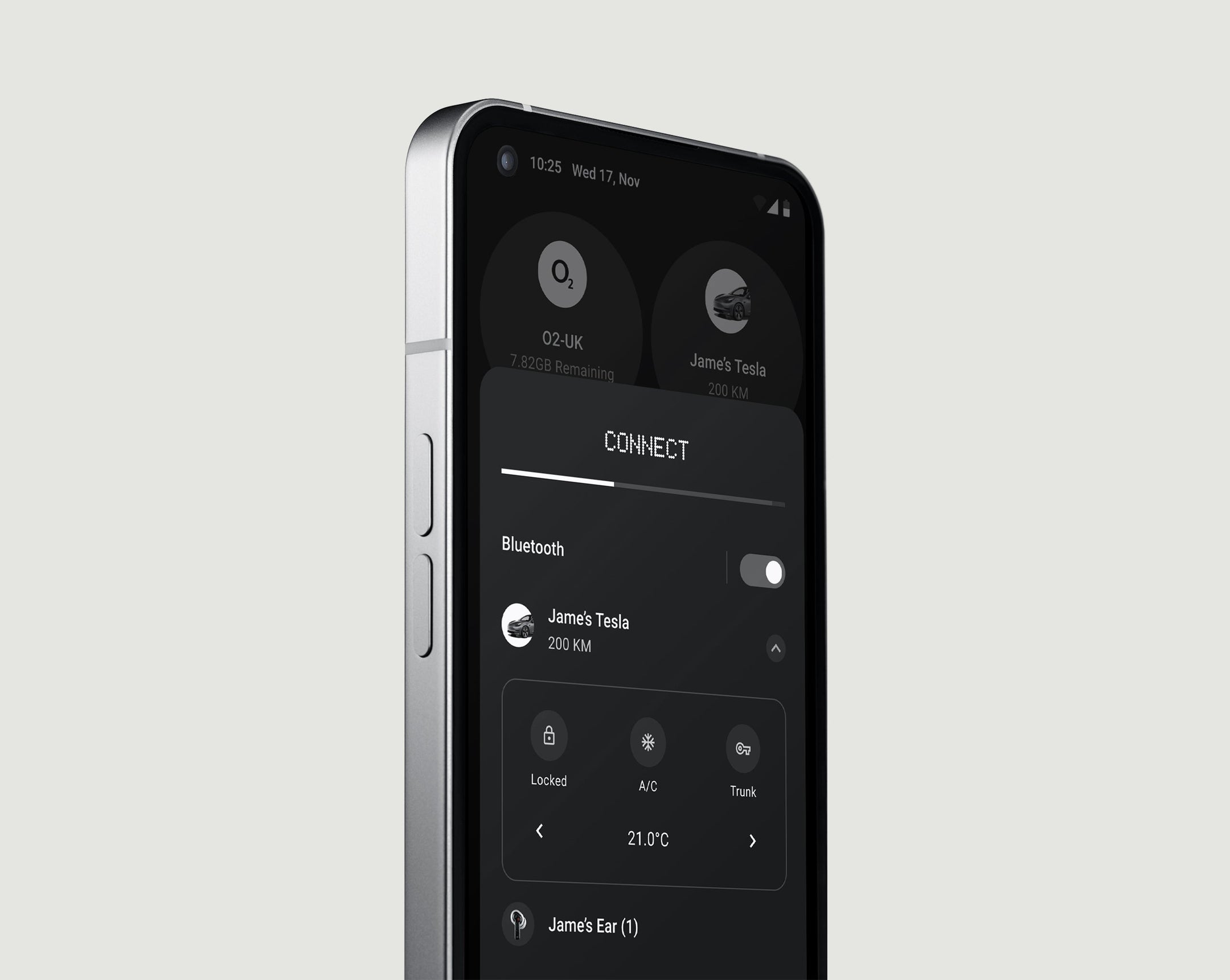 (Photo Credits: Nothing)
(Photo Credits: Nothing)
iOS is praised for its simplicity and robustness, but some users find it increasingly rigid and lacking in customization. Nothing OS, built on Android, offers a clean, fast, and bloatware-free experience that resonates with users tired of unnecessary pre-installed apps and heavy skins.
Nothing OS leans into a thoughtful, minimalist aesthetic with unique fonts and widgets, while still leveraging Android's inherent flexibility. This blend offers a sense of freshness that can feel liberating to those accustomed to iOS's walled garden. Furthermore, Nothing's focus on seamless integration with other tech (like Tesla controls, as seen in early integrations) hints at a broader, more open ecosystem vision that could outpace Apple's more controlled approach, especially as AI and IoT devices become more central to our lives.
3. Value Proposition and Strategic Pricing
![]()

![]()
![]()
![]()
![]()
![]()
![]()
![]()
![]()
![]()
Apple's premium pricing has become a barrier for many. While the iPhone remains aspirational, its annual price increases push it further out of reach for a significant segment of the global market. Nothing, while aiming for a premium feel, strategically positions its phones at a more accessible price point, offering high-end features without the flagship cost.
This value proposition is crucial, especially in growing markets where consumers are increasingly savvy about getting more for their money. If Nothing can continue to deliver a premium-like experience at a more competitive price, they can attract a massive user base that admires the iPhone but finds its cost prohibitive.
4. Cultivating Community and Hype
(Credits: Techreviewers)
Carl Pei is a master of marketing and community building. Nothing has cultivated a passionate "Nothing Community" that actively engages with the brand, provides feedback, and generates organic buzz. This grassroots approach fosters a strong sense of loyalty and shared vision, reminiscent of Apple's early days.
Apple's brand loyalty is immense, but it's largely built on decades of market dominance and perceived superiority. Nothing is building its loyalty on transparency, innovation, and a direct connection with its users. This authentic engagement can be incredibly powerful in the long run, drawing in users who feel like they are part of something new and exciting, rather than just consumers of a giant corporation.
5. Openness vs. The Walled Garden
Apple's tightly integrated ecosystem is a strength, but it's also a limitation for some. The "walled garden" can restrict user choice and customisation. Nothing, as an Android-based platform, naturally offers more openness and interoperability with a wider range of devices and services.
As technology becomes more fragmented and users rely on diverse brands for their smart home, wearables, and other tech, an open and flexible operating system like Nothing OS could become more appealing than a closed ecosystem.
The Road Ahead
Overtaking the iPhone in raw market share is a monumental task, given Apple's entrenched position. However, "overtaking" can also mean becoming the preferred choice for innovation, design leadership, and a fresh user experience, especially among younger generations and those seeking alternatives to the mainstream.
Nothing isn't just making another smartphone; it's attempting to redefine what a smartphone can be in a world where everything looks the same. With its bold design, refined software, strategic pricing, and community-driven approach, Nothing is well-positioned to capture significant mindshare and prove that innovation and desirability don't have to be confined to Cupertino. The future of smartphones might just be a little more transparent, and a lot more fun.


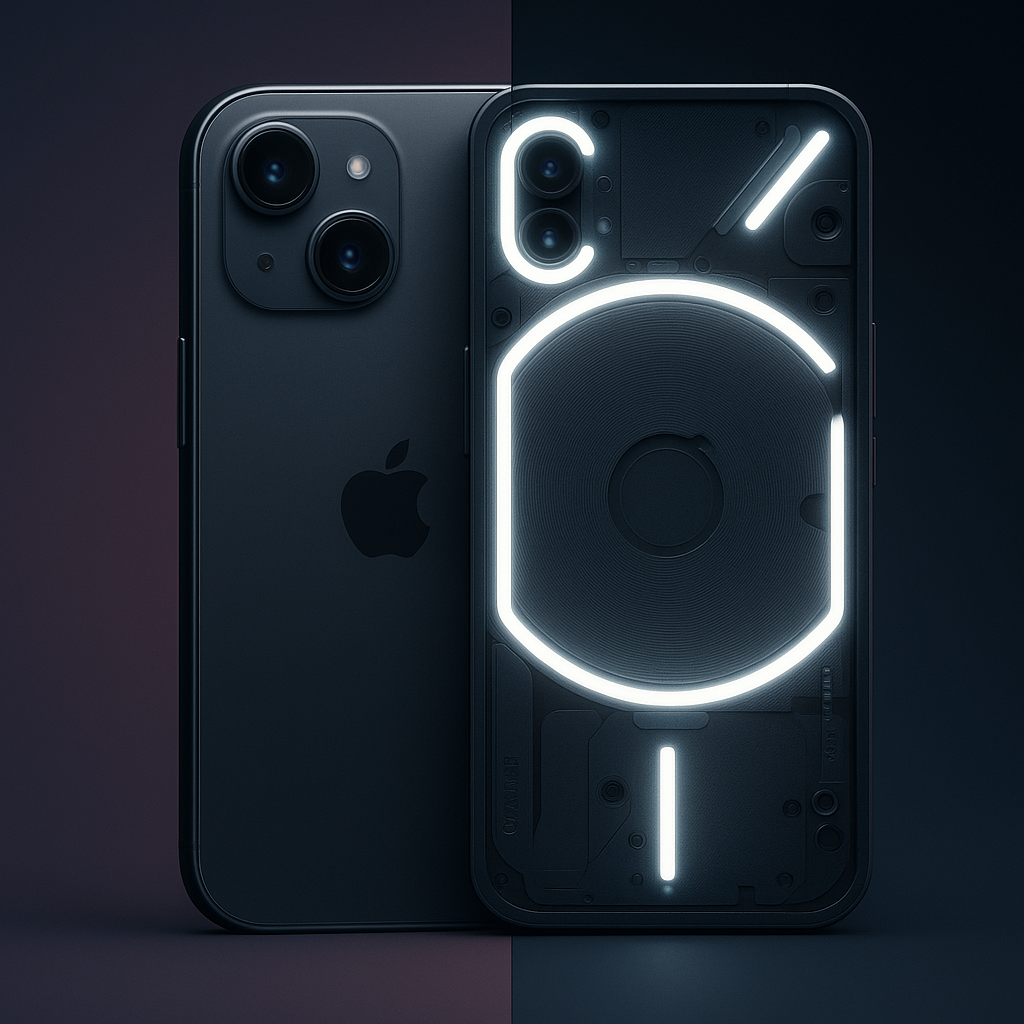
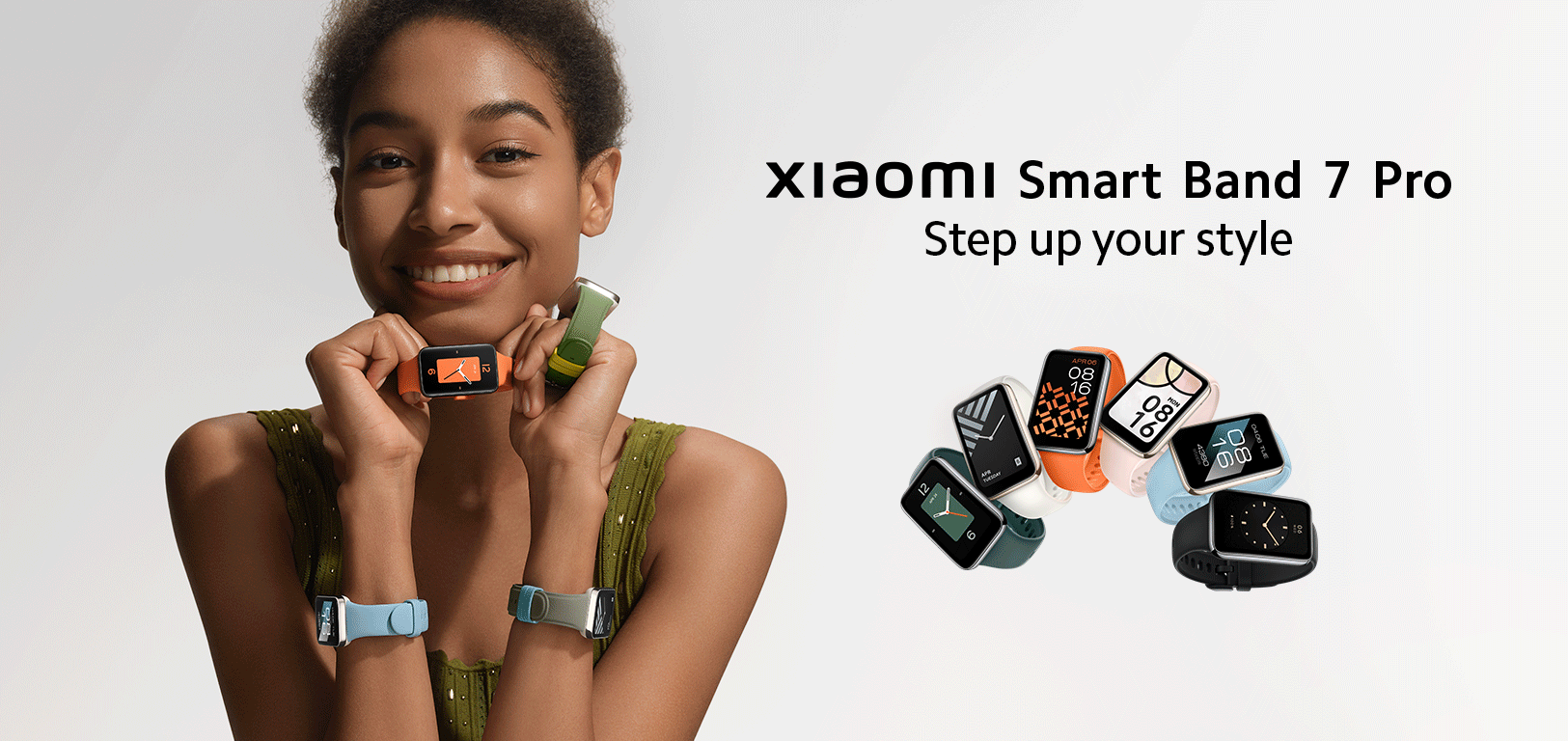
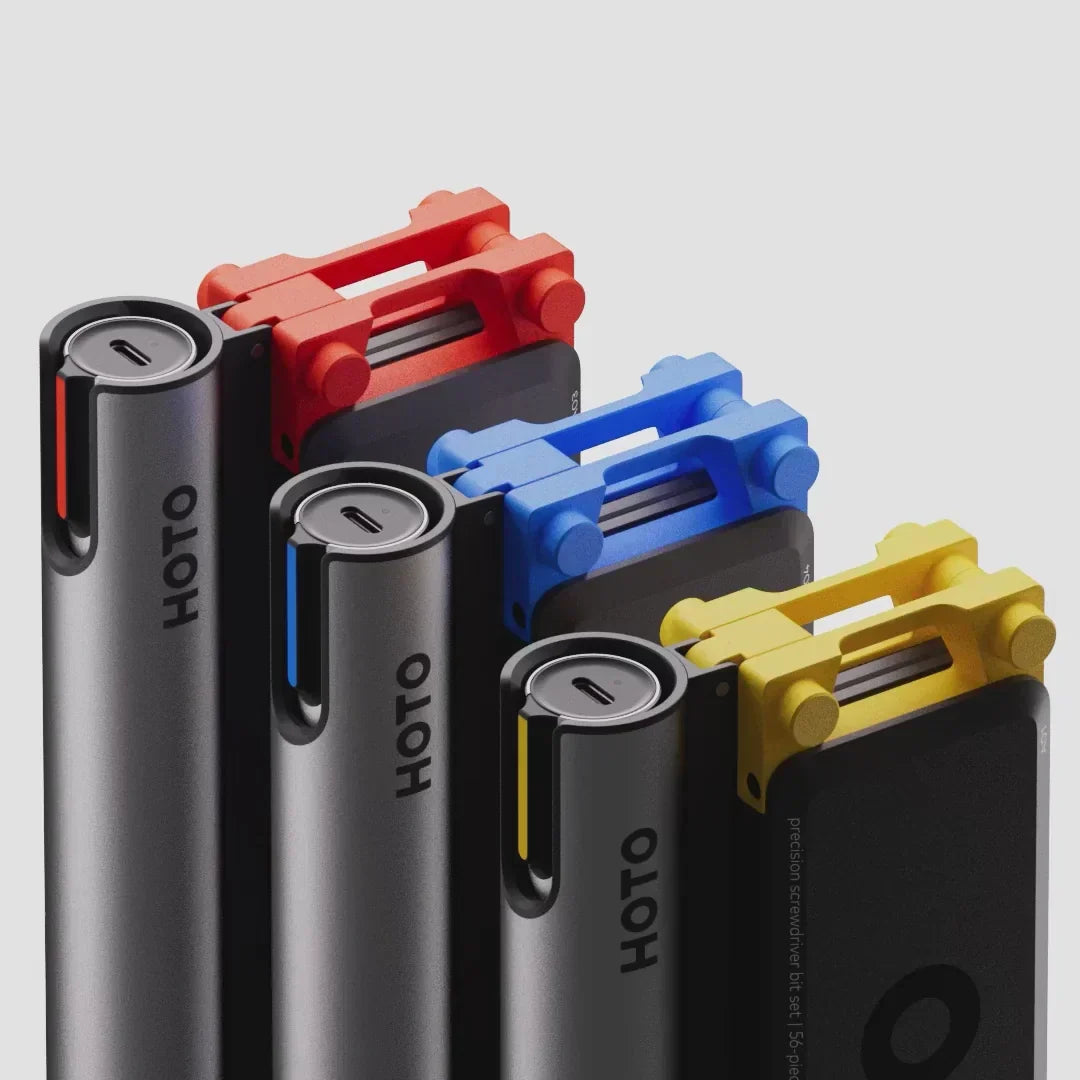



 Whatsapp us!
Whatsapp us!
Leave a comment
This site is protected by hCaptcha and the hCaptcha Privacy Policy and Terms of Service apply.